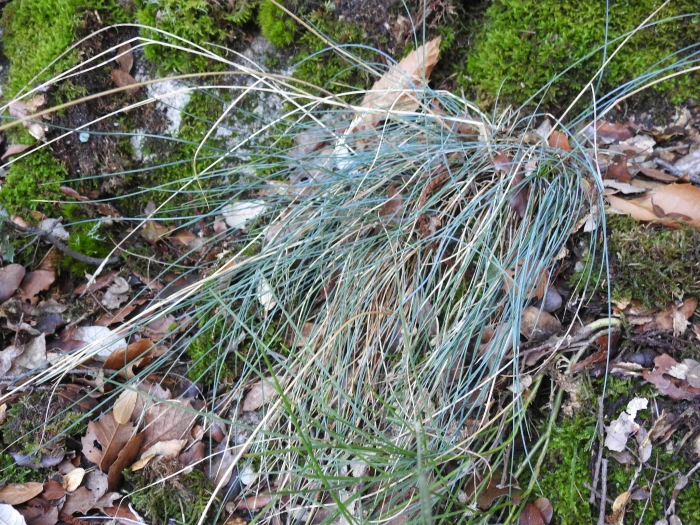Field Fescue
(Festuca arvernensis)
Field Fescue (Festuca arvernensis)
/
/

© Yves Bas
CC BY 4.0
Image By:
© Yves Bas
Recorded By:
Copyright:
CC BY 4.0
Copyright Notice:
Photo by: © Yves Bas | License Type: CC BY 4.0 | License URL: http://creativecommons.org/licenses/by/4.0/ | Uploader: yvesbas | Publisher: iNaturalist |











Estimated Native Range
Climate Requirements for Virginia Beach, Virginia
| This Plant | Your Site | Plant Suitability for Your Location | ||
|---|---|---|---|---|
| • Precipitation | 15" - 71" | 46" | Aquatic | Aquatic |
| • High Temp. | 62°F - 93°F | 87°F | Your summer temperatures are normal for this plant. | Excellent |
| • Low Temp. | 13°F - 42°F | 32°F | Your winter temperatures are normal for this plant | Excellent |
This plant may not grow well at your location - your precipitation is too high.
Summary
Festuca arvernensis, commonly known as Field Fescue, is a perennial grass that is native to the grasslands and open woodlands of central and southern Europe, particularly France. It has also naturalized in parts of the United States, such as California and New Mexico. Field Fescue typically grows to a height of 20-70 cm, with a tufted habit and fine-textured, blue-green leaves. It produces inconspicuous greenish flowers in early to mid-summer, which are not particularly showy but are valued for their contribution to the ecosystem.
Field Fescue is appreciated for its drought tolerance and ability to thrive in a range of soil types, from sandy to clay, provided they are well-drained. It is often used in landscaping for erosion control, as a low-maintenance turf alternative, and in restoration projects where its hardiness and adaptability are beneficial. It prefers full sun to light shade and requires minimal water once established. While generally disease-resistant, it can be susceptible to rust in wet conditions. Field Fescue is not known for aggressive roots or significant invasiveness, but it can spread by seed if not managed.CC BY-SA 4.0
Field Fescue is appreciated for its drought tolerance and ability to thrive in a range of soil types, from sandy to clay, provided they are well-drained. It is often used in landscaping for erosion control, as a low-maintenance turf alternative, and in restoration projects where its hardiness and adaptability are beneficial. It prefers full sun to light shade and requires minimal water once established. While generally disease-resistant, it can be susceptible to rust in wet conditions. Field Fescue is not known for aggressive roots or significant invasiveness, but it can spread by seed if not managed.CC BY-SA 4.0
Plant Description
- Plant Type: Grass
- Height: 1-3 feet
- Width: 1-2 feet
- Growth Rate: Moderate
- Flower Color: N/A
- Flowering Season: Summer
- Leaf Retention: Semi-deciduous
Growth Requirements
- Sun: Full Sun
- Water: Medium
- Drainage: Medium, Fast
Common Uses
Erosion Control, Groundcover, Low Maintenance
Natural Habitat
native to the grasslands and open woodlands of central and southern Europe, particularly France
Other Names
Common Names: Auvergne Fescue
Scientific Names: Festuca arvernensis, Festuca arvernensis subsp. arvernensis, Festuca cinerea var. glauca, Festuca glauca, Festuca glauca var. donacella, Festuca glauca var. juncea, Festuca involuta, Festuca involuta, Festuca ovina subsp. glauca
GBIF Accepted Name: Festuca arvernensis